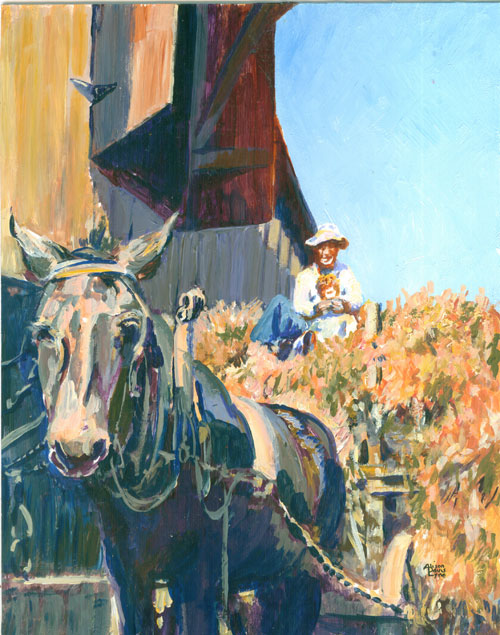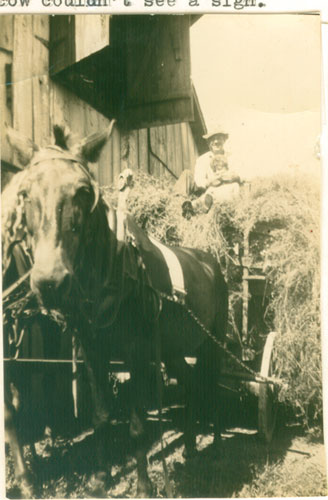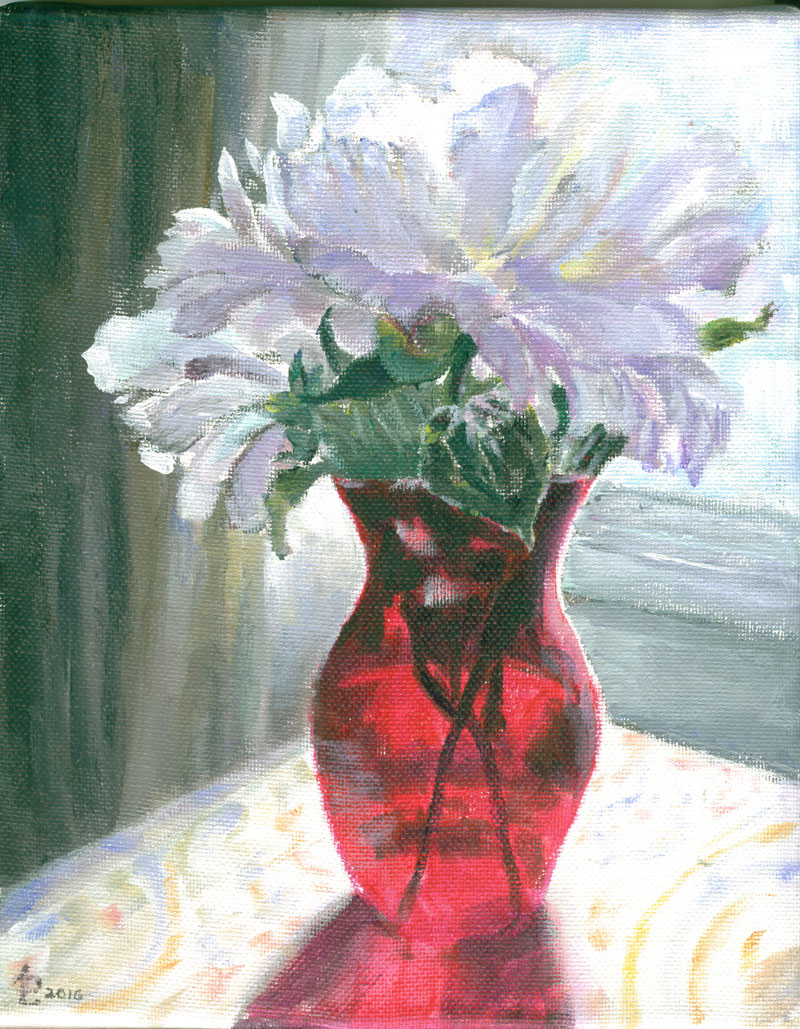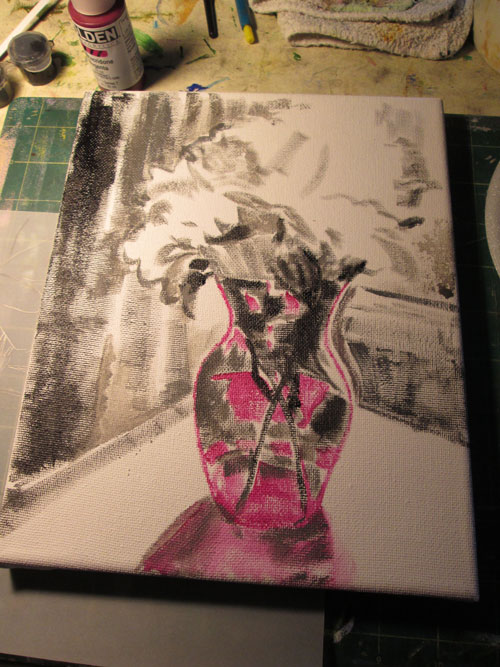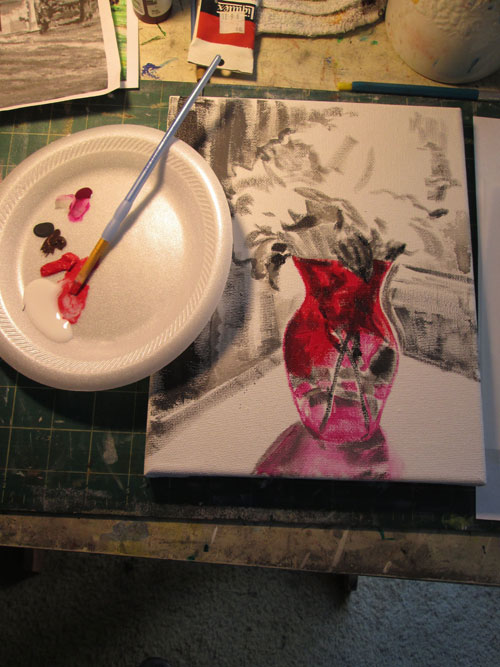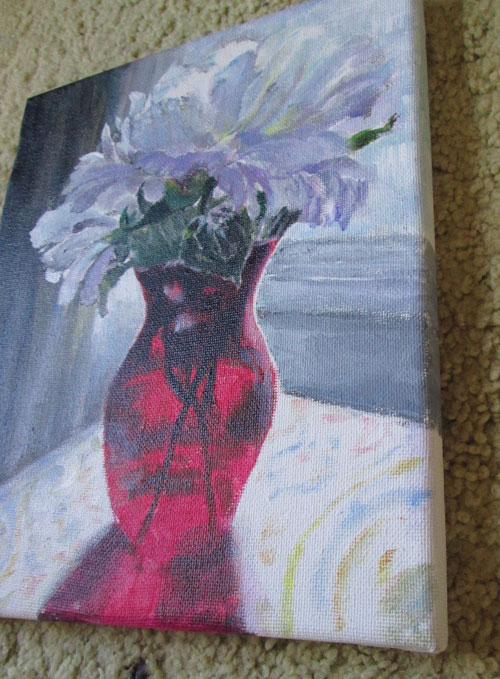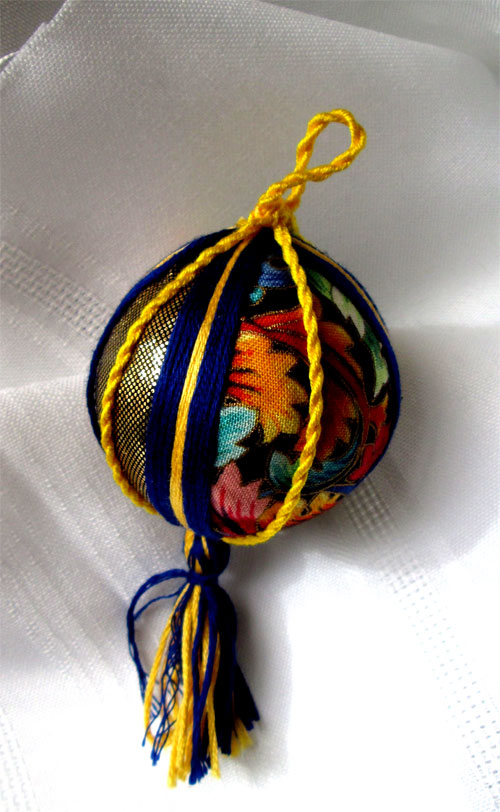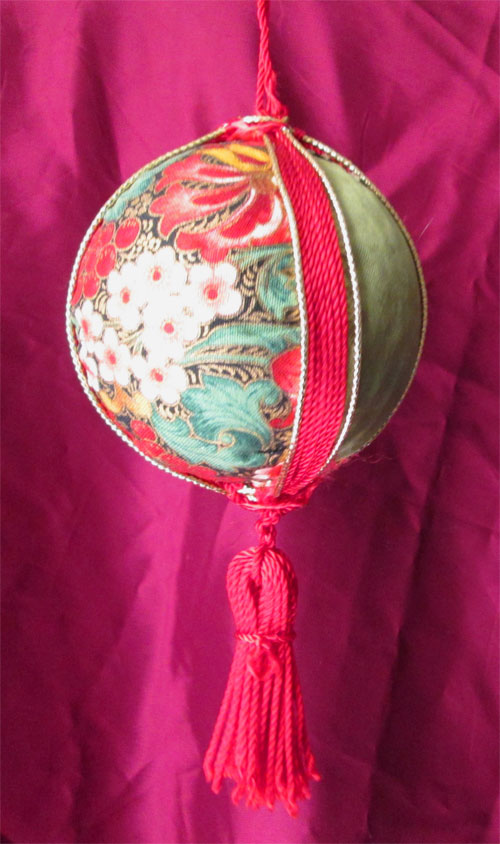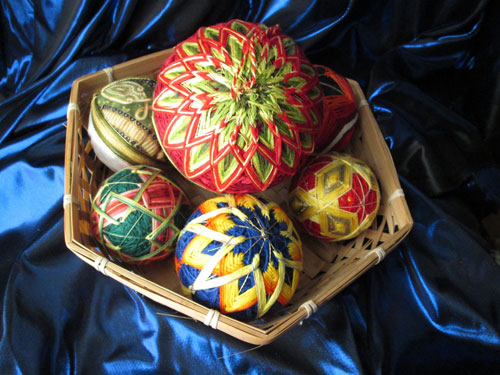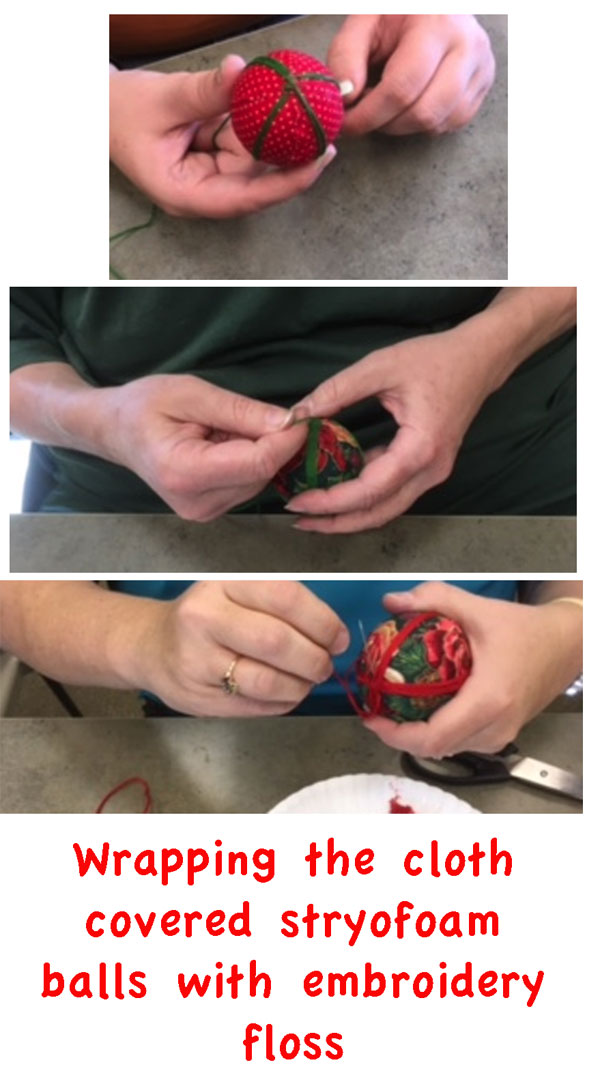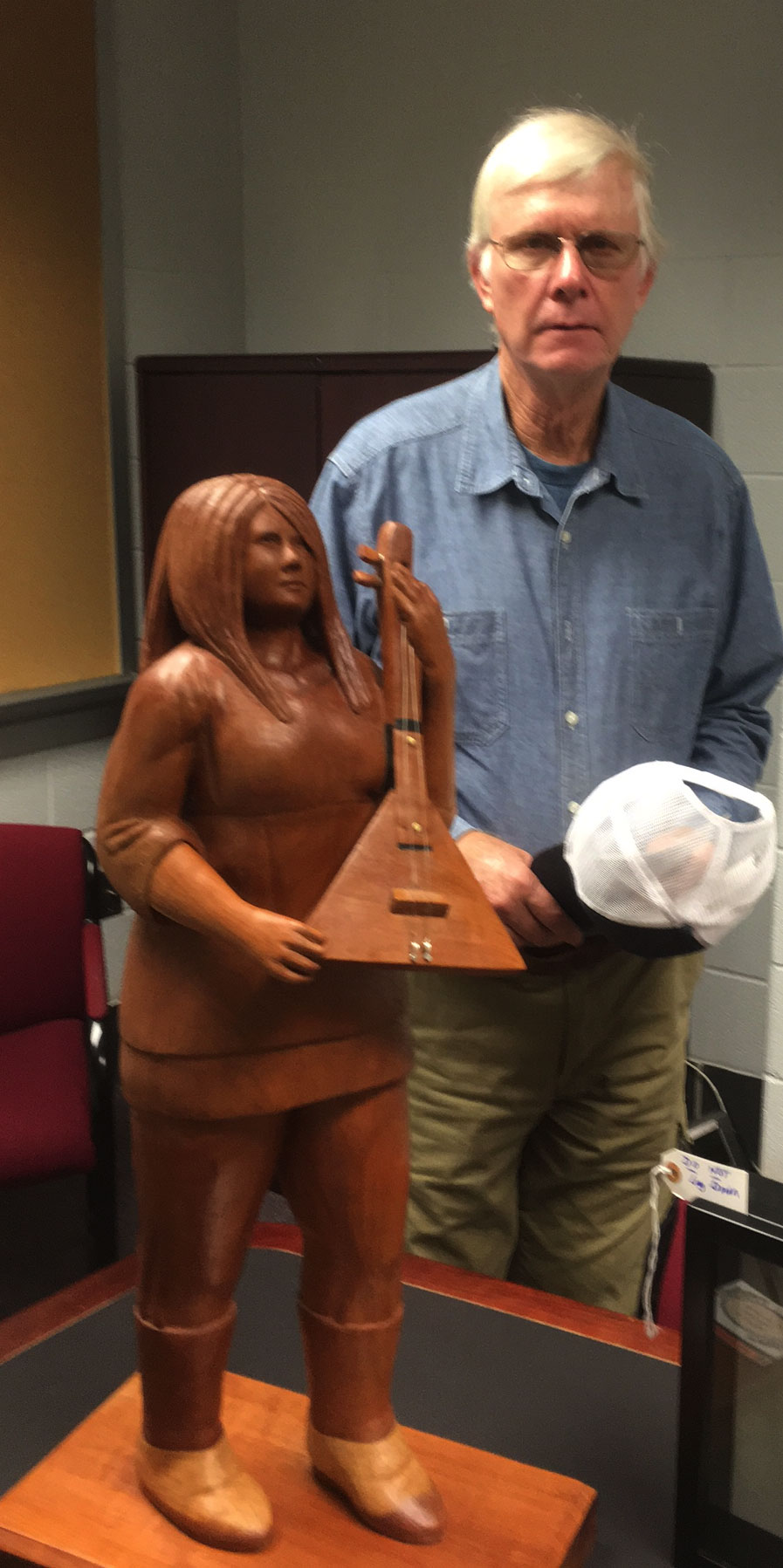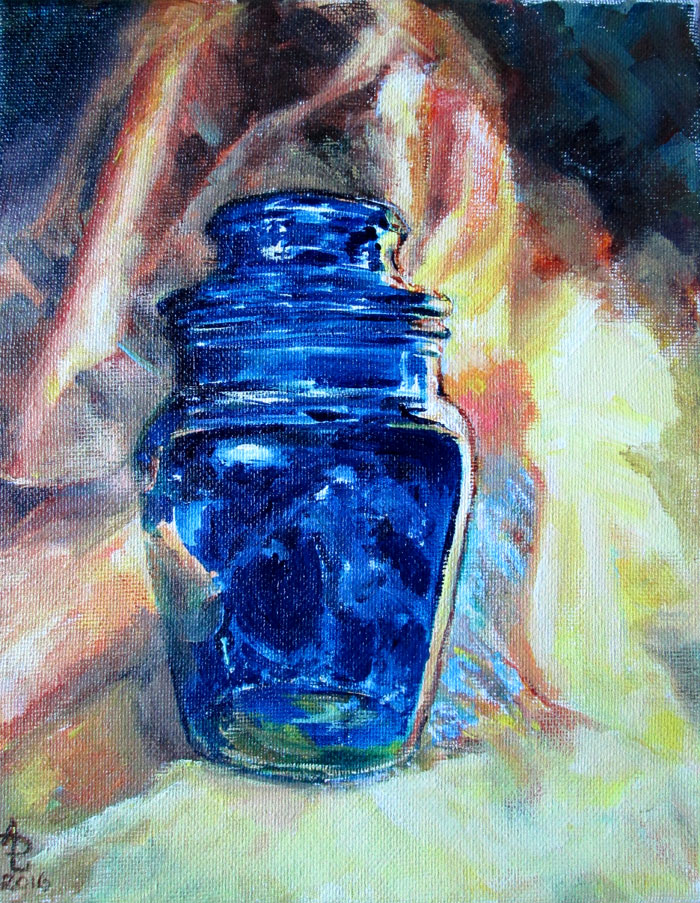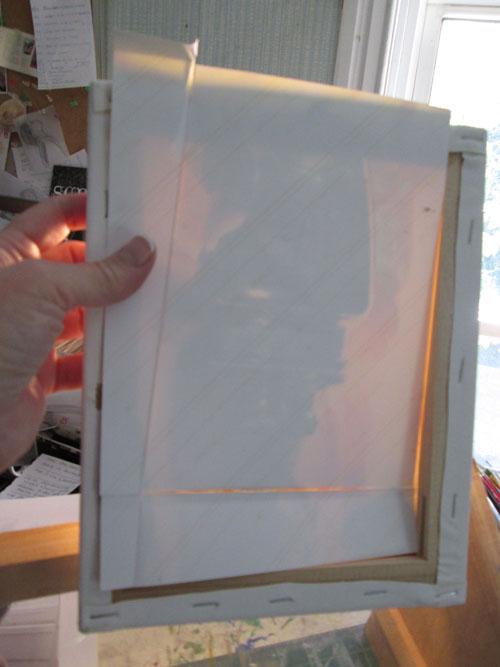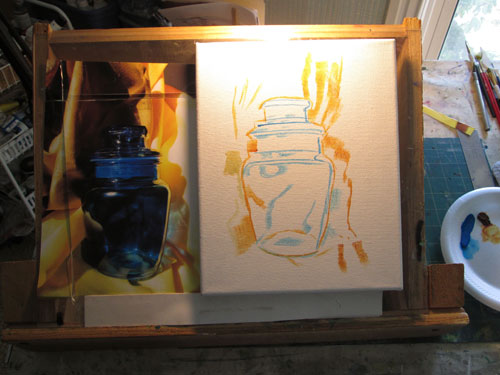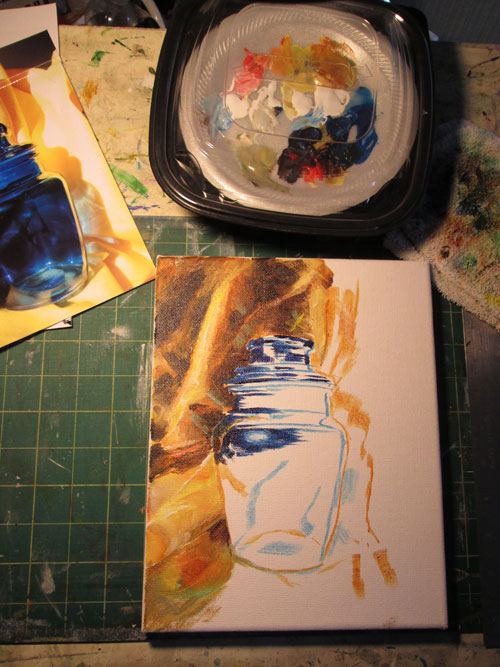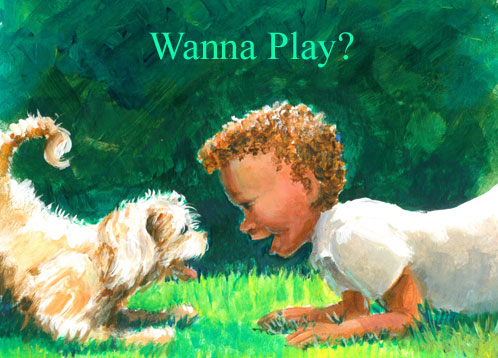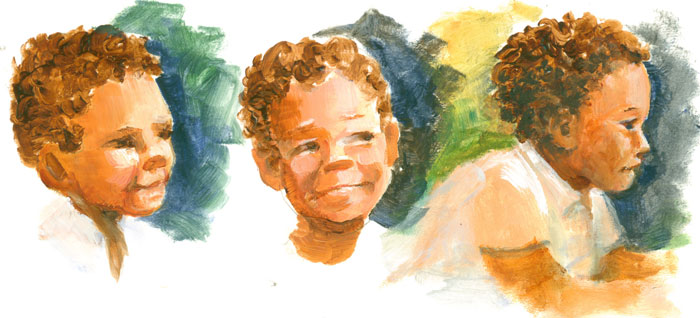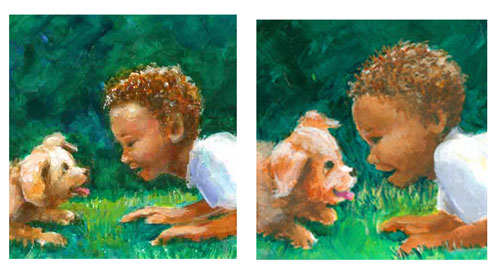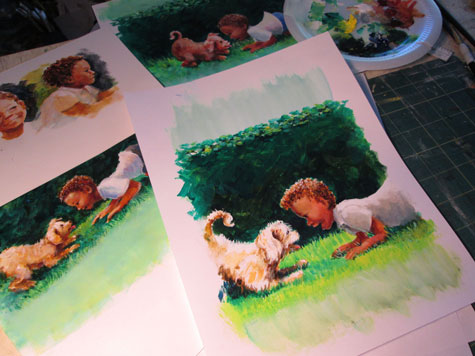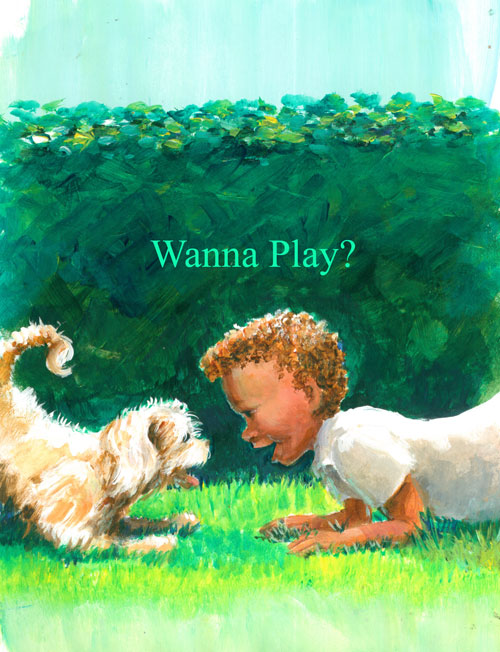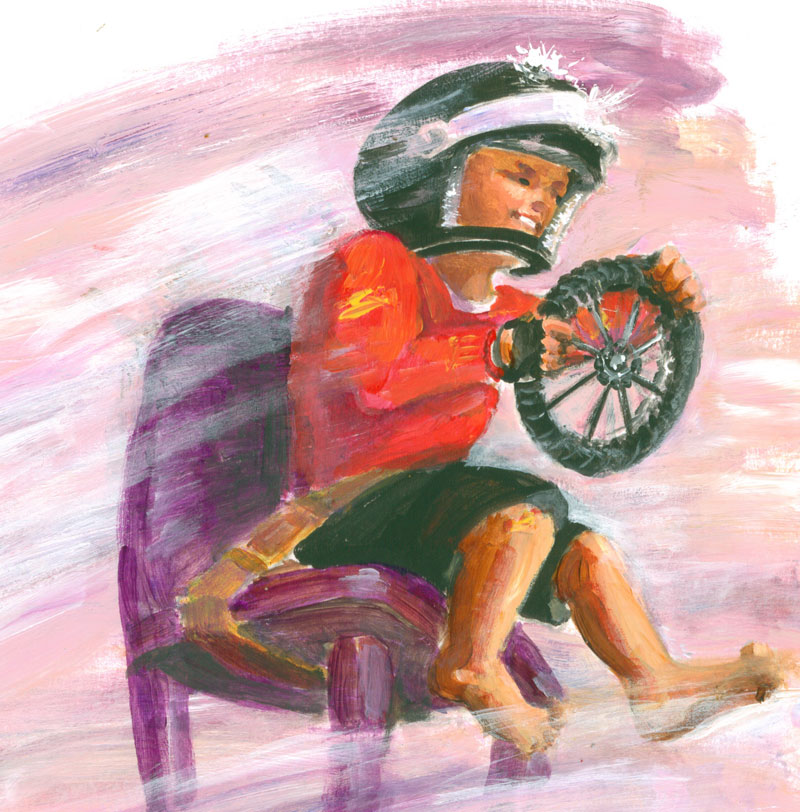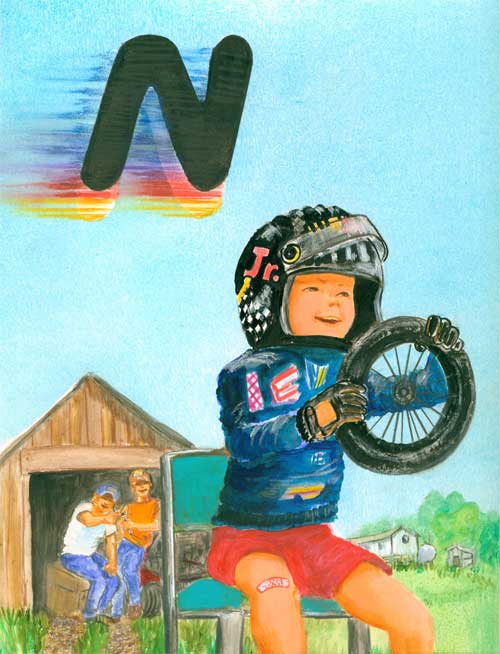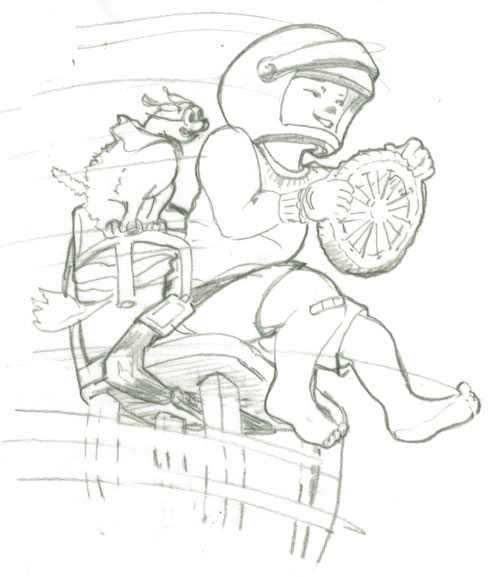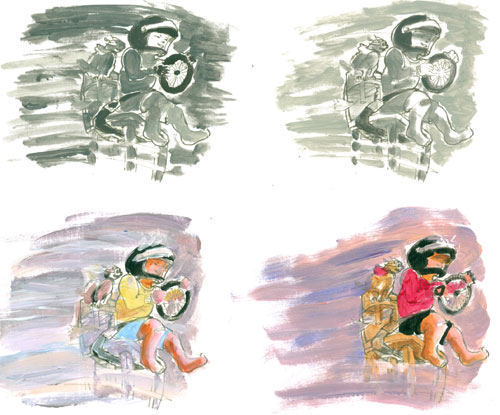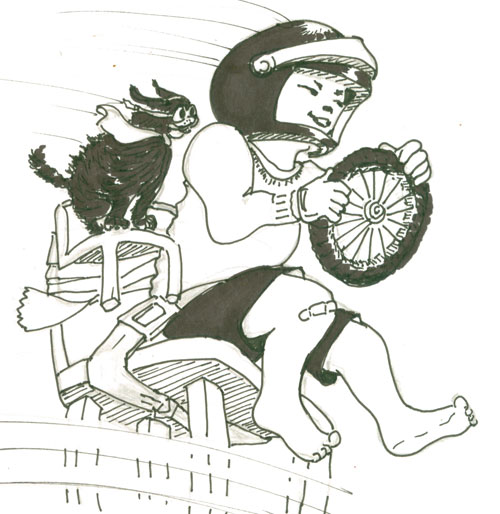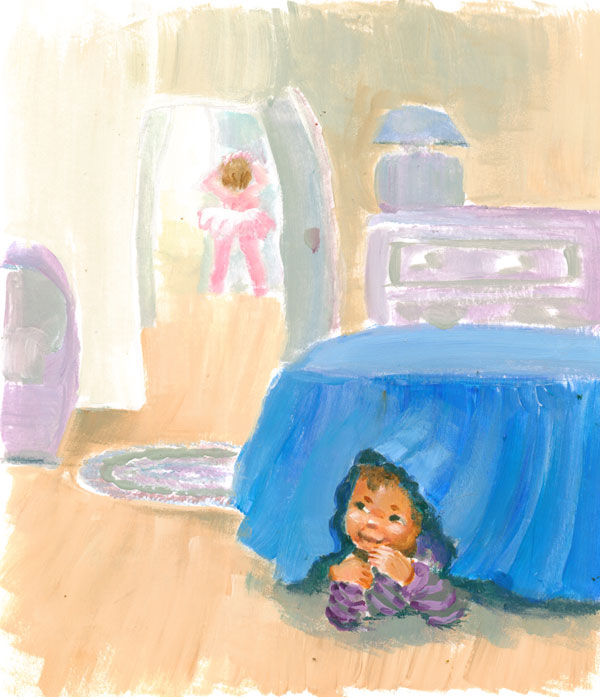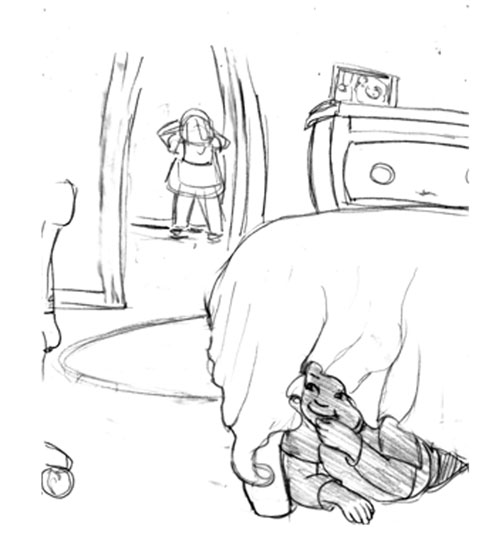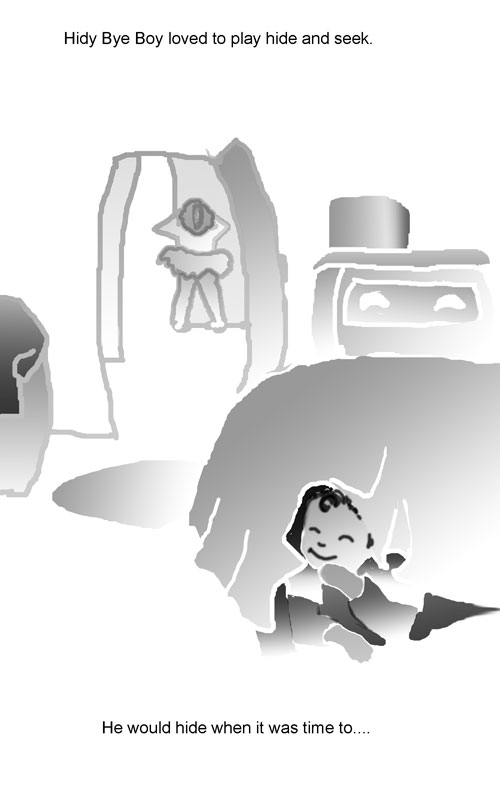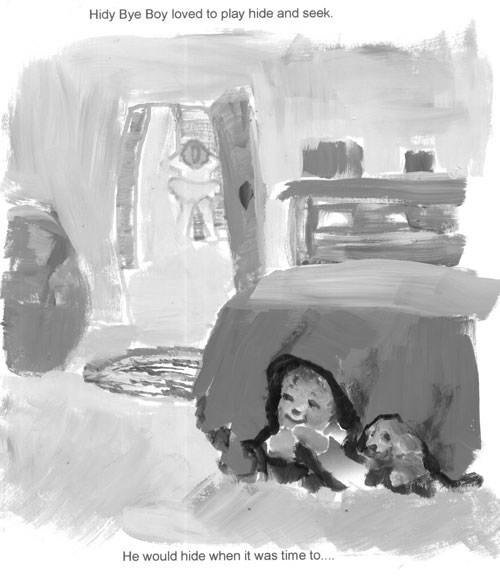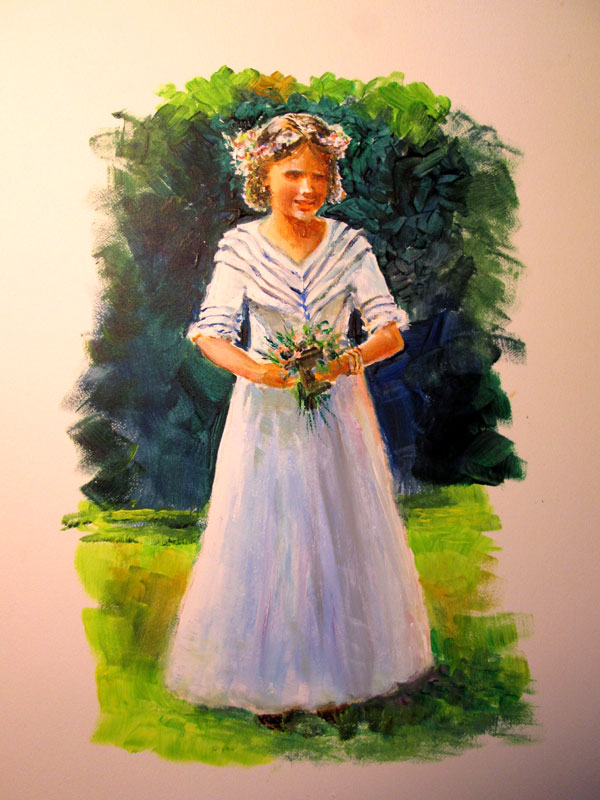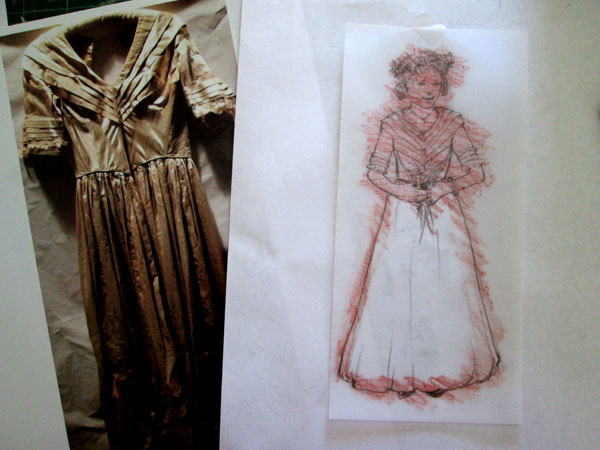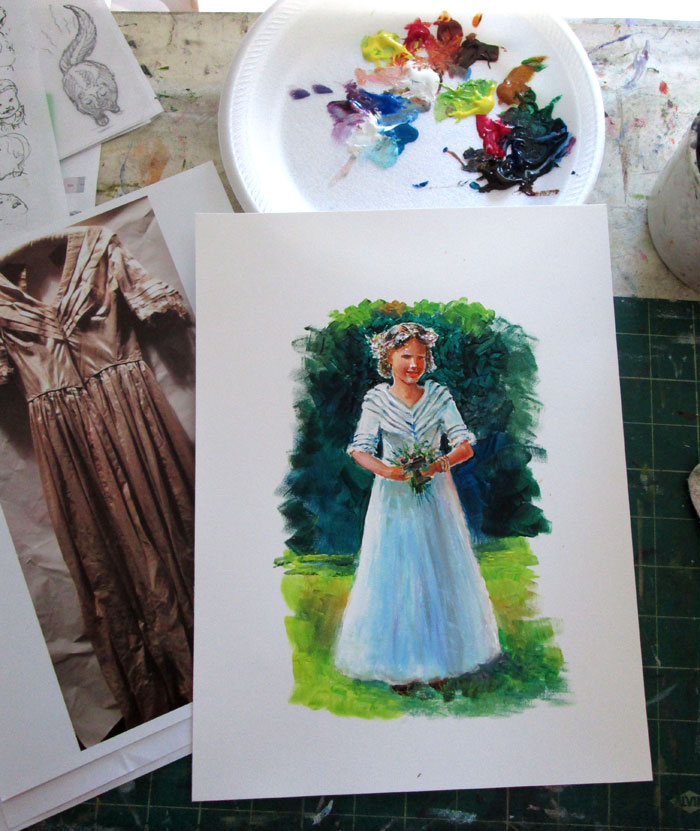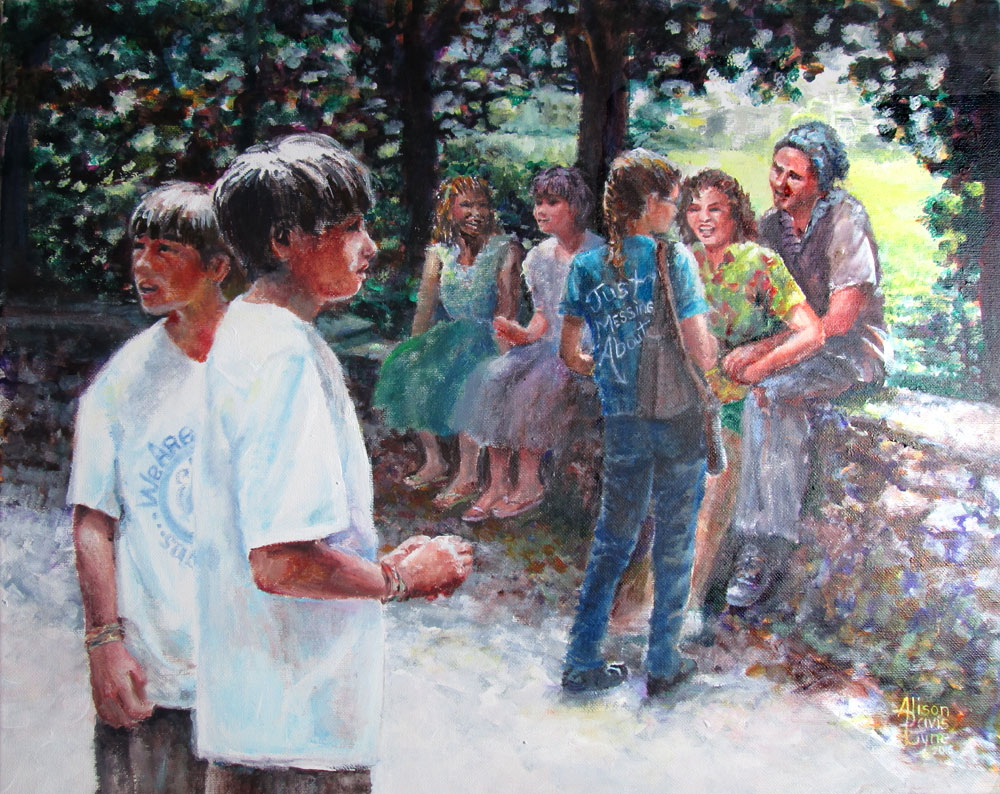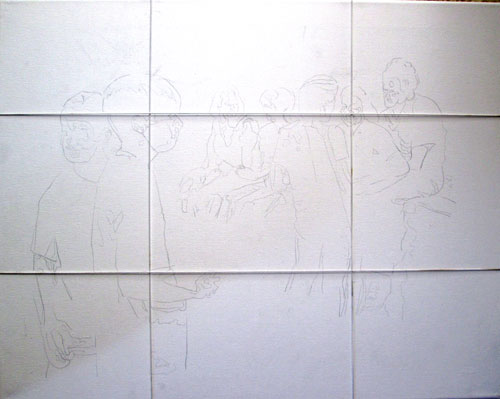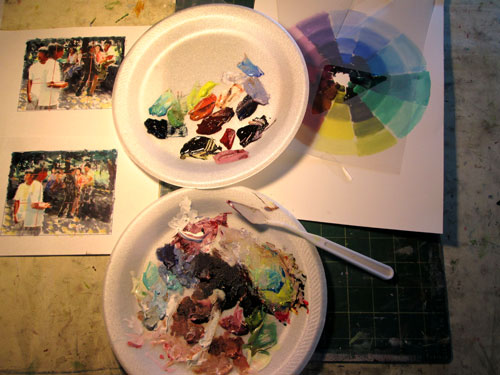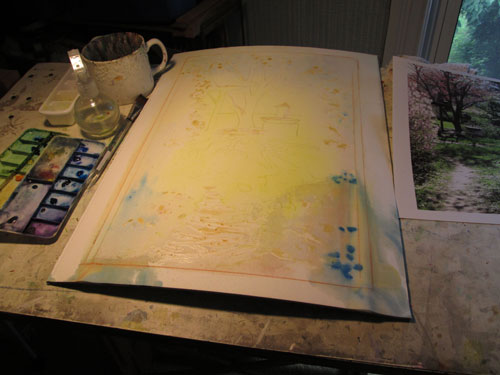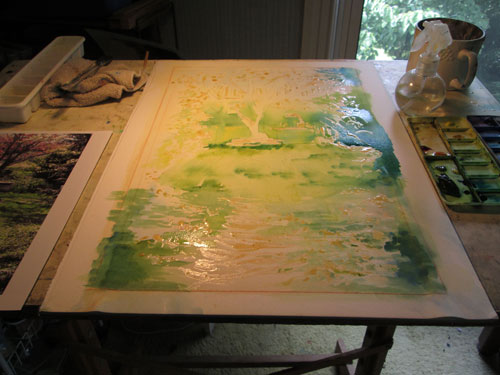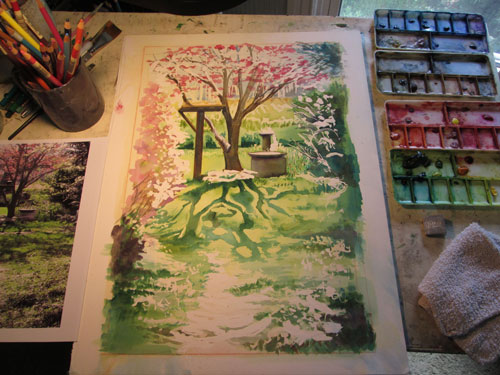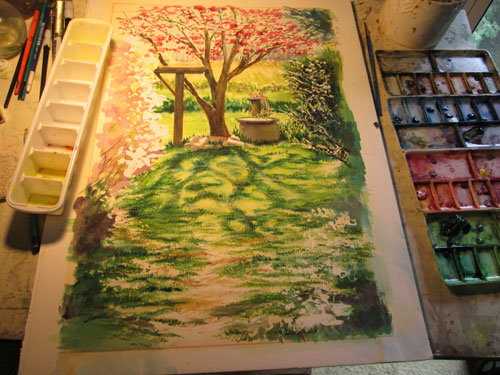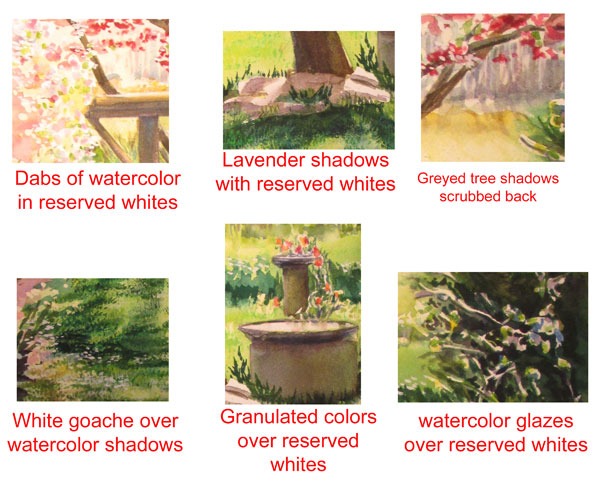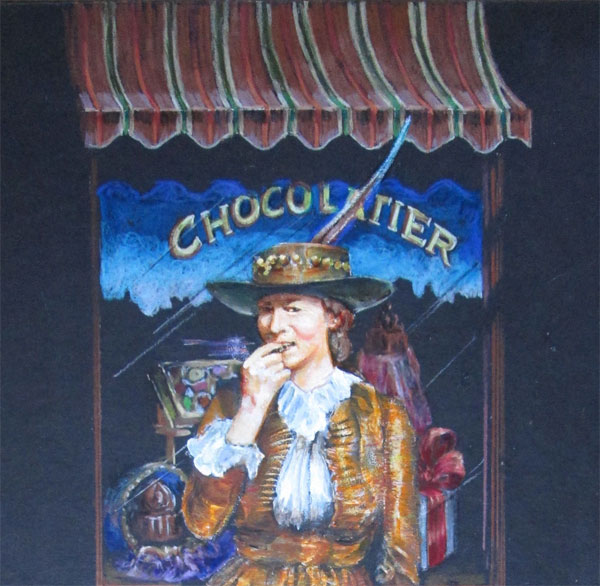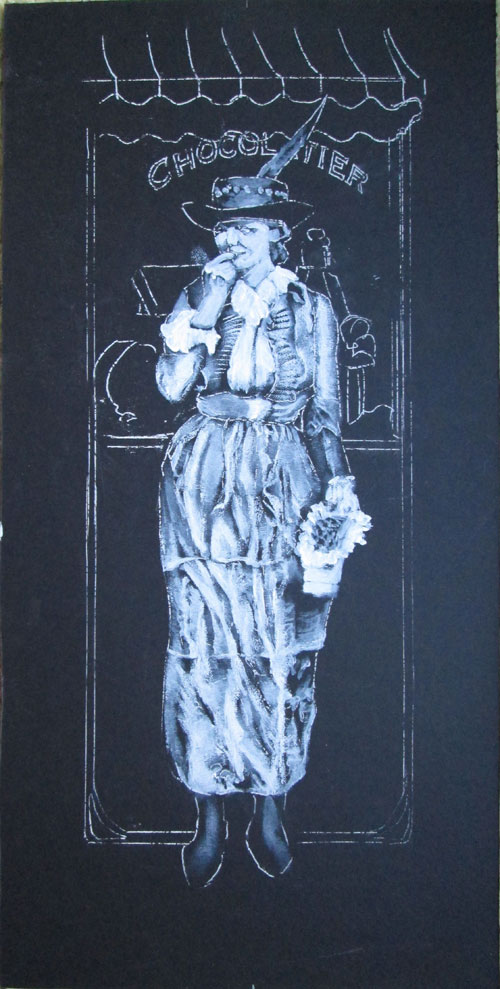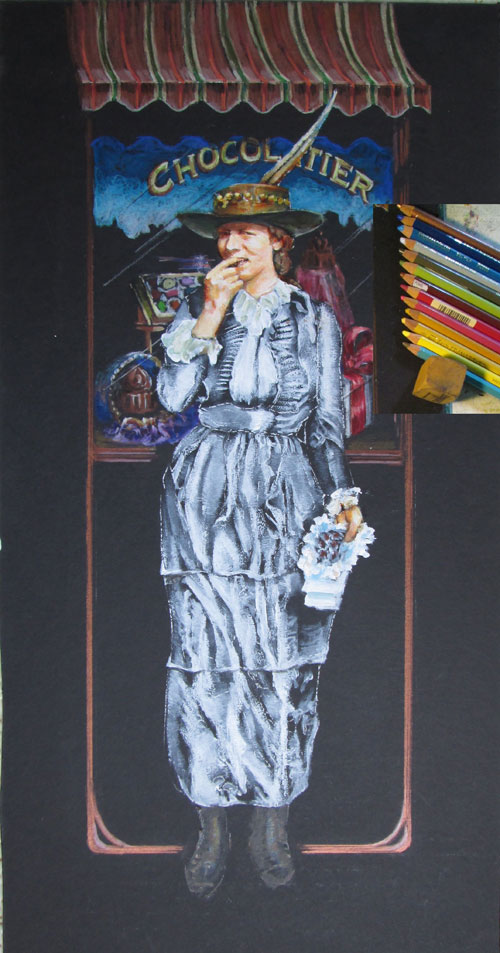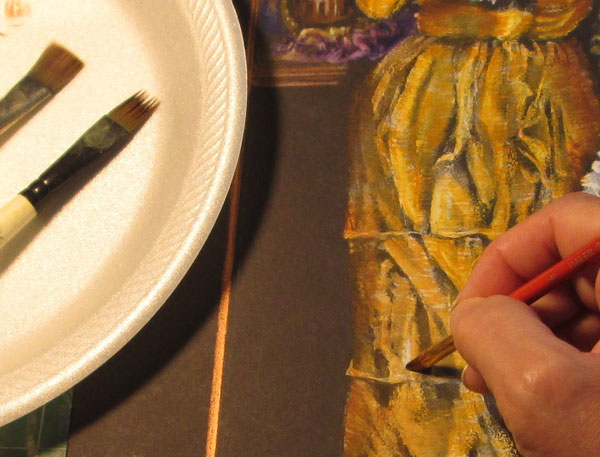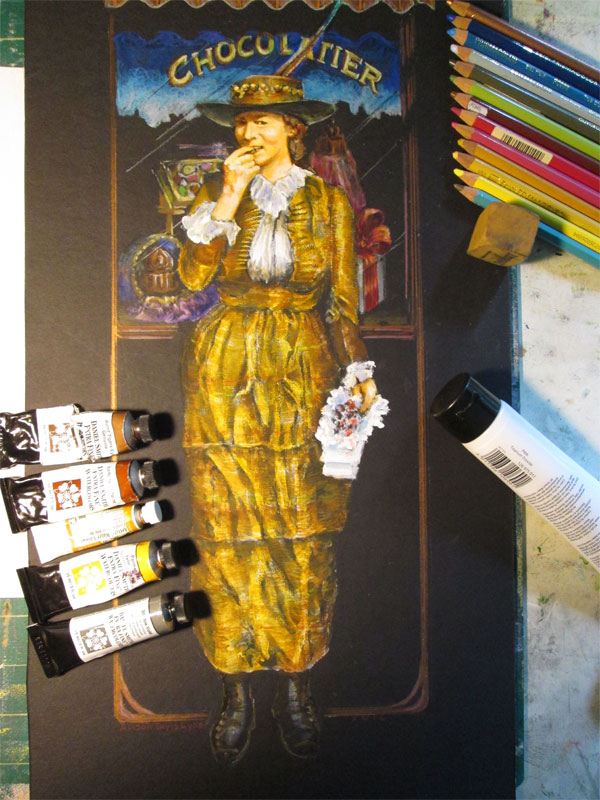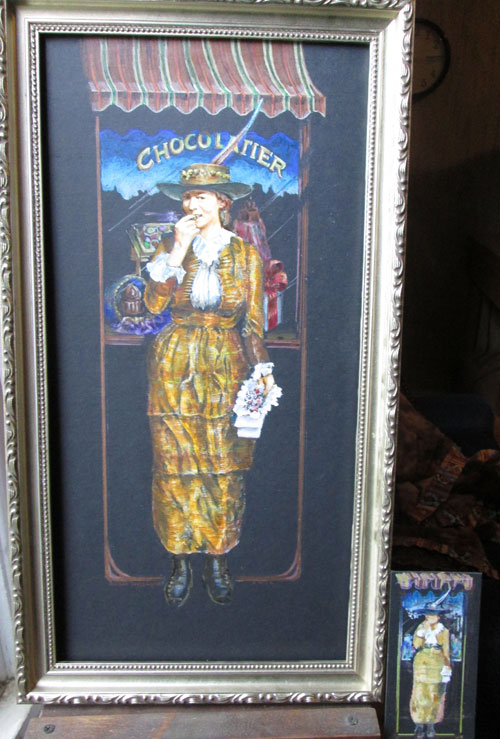Haying 8x10 inches acrylic paint
This
time around I'm showing a small painting I did a few years ago. The
painting is based on an old family photo showing how hay for
livestock was handled in the 1930s. Hay was cut, left out to dry and
then raked up with a “dump rake” into huge piles. Those huge
piles were scooped up by the pitchfork full, into a wagon. Which was
transported from the hayfield to a barn via a mule drawn wagon, then
scooped up, by a hay fork (think a huge double arm scoop, sorta like
what you use in a mechanical arcade game machine with crane claw). It
was swung into the barn where it was stored. You can see the opening
in the top of the barn where the hay fork came out to scoop the hay
up in the loft. Then in the winter it was doled out, again by the
pitchfork full, fed from hay racks on the ground floor of the barn.
All this was by hand, mind you!
I've
always been fascinated by the older black and white photos.....they
usually have such a wealth of detailing.....you can see almost every
blade of grass! Every time I see a really neat old photo, I always
want to “see” it in colour. Since I tend to solve a lotta of my
desires with paint.....I will often take an old black and white photo
and bring it up to colour. It's a nice challenge to see if I can get
the black and white values correct.....while still injecting what I
feel would be the right colours to fit the scene.
But
bringing an old black and white photo into colour, offers another
neat opportunity.....a chance to learn about the circumstances that
the photo is presenting. In this case, it's revisiting a vanished
farming era. Other times, painting someone's family member from an
old faded black and white photo, lets me learn more about that person
in the photo......and how the person commissioning my painting really
“saw” that family member. I always learn SO much!

